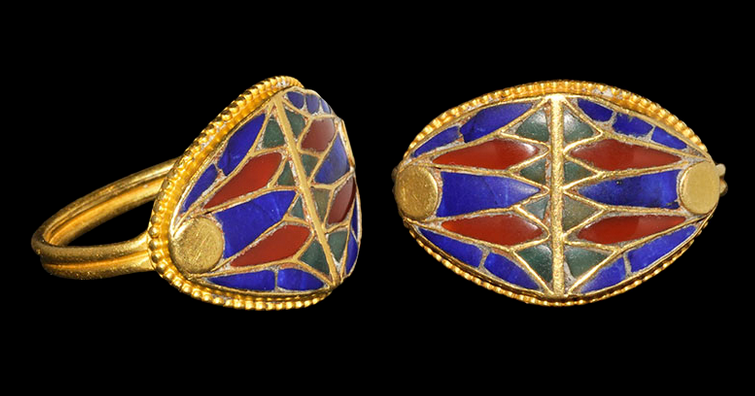

Kira Edminster, a rising senior fine arts major and transfer student from Spokane Falls Community College, had no one to teach in her Pullman apartment during the initial phase of the lockdown, so she created a tutorial-style video and a vibrant infographic detailing the steps for turning charcoal into ink and a reed into a brush. “The results were amazing and inspiring.” Tying it all in Kira Edminster “They all got creative and adjusted to the situation,” Meredith said. The students recorded and submitted their at-home lessons via computer screenshots, videos and photographs. Stay safe.” orders, roommates or family members became workshop participants. Then COVID-19 struck and the class had to switch gears. “Rather than remaining in the classroom behind closed doors, students expand their learning through hands-on research, teaching and public outreach, which benefits them and the community.” “Experiential learning is an invaluable way to learn,” Meredith said. She applied for and won funding for the workshops from WSU’s Community Engaged Scholars Program, a partnership between the College of Arts and Sciences (CAS) and the Center for Civic Engagement as well as the Center for Arts and Humanities the CAS Student Career Development Fund the fine arts department and MAC. Meredith, a clinical assistant professor of fine arts, designed the workshops to coincide with an exhibition of artifacts from the lost Roman city of Pompeii at Spokane’s Northwest Museum of Arts and Culture (MAC), where some 500 people were expected to participate.
PAPYRUS REED SAMLL BOOK HOW TO
Meredith’s “Arts of Ancient Greece and Rome” course were conducting research and preparing workshops to teach Pullman and Spokane community members about ancient technology and how to create books the way early people did, including binding pages and making their own ink, styluses and paint brushes. This spring, Ullerich and his classmates in Hallie G. Two of his first pupils were his younger brothers, whom he taught at home in Olympia, Washington, where he’s been since WSU classes went online because of the coronavirus pandemic. “I love to do art and I love to teach art,” Ullerich said. He now looks for opportunities at work and at home to practice his stitching and tying skills and enjoys teaching them to others because the outcome “is pretty sturdy,” he said. “Before this, I’d probably sewn a button onto a teddy bear once,” said Ullerich, who majored in psychology and minored in fine arts. Whether using silk thread or nylon rope, the stitching techniques are much the same and the measuring, knotting and tying are similar too. And, as he recently discovered, securing a 120-square-foot landscaping tarp isn’t so different from binding a six-by-nine-inch book. In a hands-on lesson about the art of Coptic bookbinding, for example, he learned how ancient people stitched together sheets of papyrus to allow the pages to move while staying aligned.

Long fascinated by early civilizations, Robert Ullerich signed up for a class in ancient art and culture at Washington State University this spring expecting to gain new insights to human history but not ancient skills – surely nothing he could apply in his 21 st-century life.īut just finished with his bachelor’s degree and now preparing for graduate school, Ullerich is working in construction and landscaping this summer and using what he learned in his art history course beyond aesthetics to practical matters as well. By Adriana Aumen, College of Arts and Sciences


 0 kommentar(er)
0 kommentar(er)
